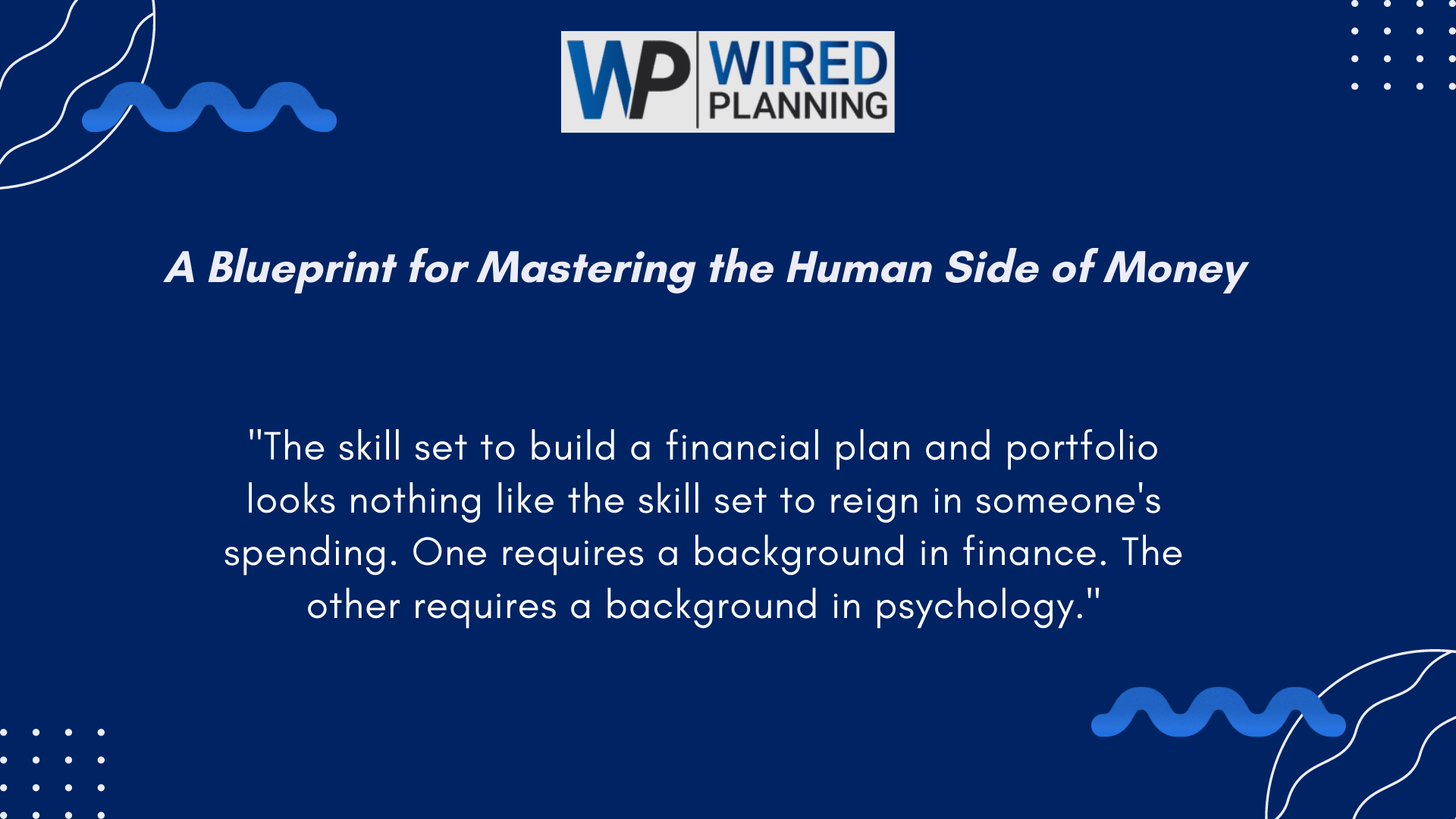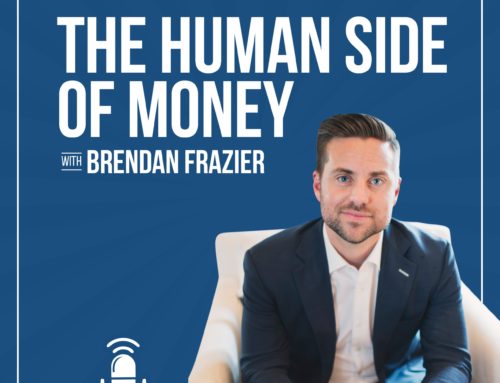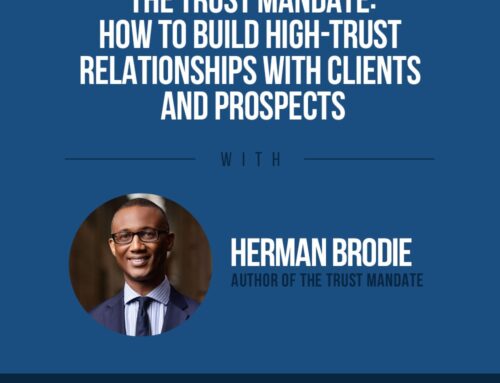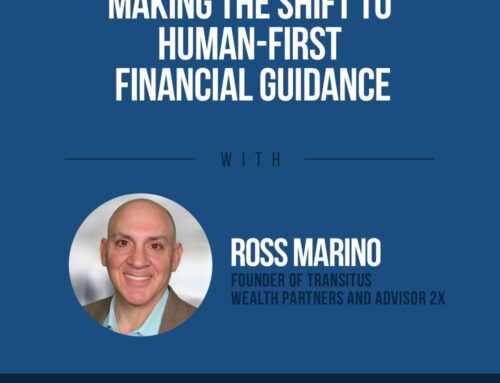*Click here if you would prefer to listen to the podcast*
“We can’t solve problems by using the same kind of thinking we used when we created them.”
Albert Einstein
Garen Southgate was handed a problem and asked to find the solution. The entire country of England was counting on him.
After an abysmal showing at the 2014 World Cup where they posted their lowest ever point total, the England national soccer team dubbed Southgate their new manager, and hopefully, their savior.
Southgate set out to diagnose the problems that plagued them and to identify key areas of improvement to ensure a better showing during the 2018 World Cup. He quickly identified set plays as a “key area we felt we could improve on.”
Set plays are one of the few instances throughout a match where you get the chance to put players in specific positions and run a play of your choosing. More importantly, the likelihood of scoring from a set piece is 50% higher than that from a possession in the normal flow of play.
Therefore, the key to erasing the bitter taste of 2014 and restoring their glory in 2018, rested on Southgate’s ability to answer one question: How can we score more goals on set plays?
The answer was discovered during an NBA game in Minneapolis, Minnesota in February of 2018. Southgate was taking in a game between the Minnesota Timberwolves and Milwaukee Bucks, because he knew what businesses, sports teams, and politicians have known for a long time. When you’re stuck on a problem, the answer often lies in drawing inspiration from outside your domain.
Basketball is a game run primarily from set plays with an emphasis on creating space for players to score. Precisely what Southgate needed to improve England’s set plays.
Armed with a fresh perspective on creating space during set plays from his NBA counterparts, Southgate brought what he learned back to the coaching room.
Southgate and his team of coaches went to work discussing, dissecting, analyzing and implementing these concepts to create set plays designed to maximize space, and ultimately, score more goals.
Once the plays were drawn up, the team spent considerable time deliberately practicing these newly-designed set pieces and we’re even said to have been walking through the various scenarios even on the day of their matches.
By the time the 2018 World Cup rolled around, England was described as “set-piece kings” with an incredible 75% of their goals coming from set piece situations, breaking a 42-year old record for the most set piece goals in a single World Cup. More importantly, they made it to the semi-finals and logged the country’s best finish since 1966.
When Southgate was stuck, he recognized that the answer to his questions lie outside of traditional soccer circles. He sought inspiration and direction from outside the narrow focus of soccer minds on his path to restoring glory to a proud soccer nation.
Broadening your scope and drawing inspiration from outside a narrow focus has been cemented as a hallmark of success for sports teams and businesses alike for years.
However, while the path to innovation is fueled by outside perspective, it still requires the guardrails of experience.
Had Southgate simply implemented the same plays that the Timberwolves and Bucks ran on a basketball court, Southgate would be cast as a villain rather than a hero. Instead, he let outside perspective spark innovative concepts, but ultimately, came back and met with his coaches to channel those concepts through the lens of experience. They had to apply basketball spacing concepts to the soccer field.
And, lastly, the greatest innovation channeled through the most experienced people still requires constant refinement for optimal results. Even after Southgate and his coaches drew up new set plays applying spacing concepts from the NBA, they still spent countless hours refining through practice.
As Gareth Southgate demonstrated for us, when faced with a deep-rooted problem, the framework for yielding the best solutions is as follows:
- Spark innovative concepts with an outside perspective
- Channel outside perspective through the lens of experience
- Refine through practice
Fortunately, for the profession of financial advice, Southgate handed us the blueprint for solving the biggest challenge we’ve confronted in years.
Let me explain.
The Barriers to Applying Behavioral Finance
The value and future of financial advice is shifting. Value is no longer the construction and delivery of a financial plan and portfolio.
It’s the ability to guide clients through the process, unearth their values and emotions around money, while changing their behavior for the better.
No matter how long you’ve worked with people and their money, you know the technical side is easy, and the human side is the hard part.
Ask any colleague or fellow advisor about Modern Portfolio Theory, and you’re likely to sit through a confident explanation on the benefits of diversification in maximizing the risk/return trade-off.
Ask that same person how to get a couple to reign in their spending, and the silence will illuminate the problem facing our profession as our value continues to shift towards the human side.
That’s because the skill set required to build a portfolio looks nothing like the skill set required to reign in spending.
No matter how long you’ve worked with people and their money, you know that the technical side is easy and the human side is the hard part.
One requires a background in finance. The other in psychology.
One is an economics problem. The other a behavior problem.
The value of advice is shifting towards the human side of money, but the skill set possessed by most advisors and planners has yet to budge. It’s still geared towards value rooted in technical knowledge (delivering the plan and portfolio).
This isn’t a critique of the profession and those who comprise it. Rather, it’s simply highlighting that we’ve been appropriately trained on asset allocation but never behavior change.
In a 2019 study of over 300 financial advisors, these were the top two reasons why advisors and planners don’t integrate behavioral finance into their practice:
- Difficulty translating theory to application (65%)
- Lacking necessary tools/training (54%)
This shouldn’t come at a surprise to anyone. High-quality, top-notch training is more rare than a fund manager consistently outperforming the benchmark.
We’ve been flooded with piles of education on behavioral biases, proven with research that our value is heavily based on behavioral coaching, and relentlessly preached the importance of trust and connection in serving clients and growing your business.
But, if you’re like most, you don’t need more help identifying when someone is suffering from loss aversion. You want to know exactly what to say, how to say it, and what to do when a client calls in the midst of a plummeting market.
You don’t need another study to convince you that behavioral coaching is valuable. You need to know the questions to ask, what to listen for and the strategies to deploy to actually change someone’s behavior.
You don’t need to hear another person preaching that clients want to trust their advisor and feel a connection with them. You want to know exactly what to do to create an instant connection that makes your prospective client open up like a life-long best friend while thinking, “That’s the best conversation I’ve ever had about my money.”
It’s time to shift more focus to people than the plan. More focus to behavior change than balance sheets. More focus to the brain than the budget.
We follow the blueprint modeled for us by Garen Southgate on how to yield optimal solutions to deep-rooted problems.
The Blueprint For Mastering the Human Side of Money
1) Spark Innovative Concepts with Outside Perspectives
Experience has a tendency to stifle innovation, and often requires an outside perspective to spark fresh ideas.
Keenly aware of the limitations imposed by experience, Southgate relied on outside perspective to fuel innovation of set piece concepts.
When it comes to our profession, it’s incumbent on us to seek innovation from sources other than the people, companies and systems that comprise financial services.
Again, the skill set required to work with emotional human beings on the emotionally-charged topic of money is rooted in behavior, psychology, communication, and more.
We need to draw inspiration and direction from the people and experts in these areas.
For example, if we want to learn how to connect with and talk to an emotional person, we can look to the experts and research in the fields of negotiation and therapy to provide guiding principles for conversations with our clients.
If we want to reign in spending or make sure clients always act on the advice given, we should look to the research and experts in behavior, decision science and psychology to help us understand how to best change behavior.
The information and the experts are out there holding the insights we need to solve these problems.
2) Channel Outside Perspective Through the Lens of Experience
After receiving the inspiration he needed from an outside source (the NBA), the very next step Gareth Southgate took was to dissect, discuss, and analyze these newfound concepts with his fellow coaches.
Southgate and his coaches had to take these new concepts and decide if they could be effectively integrated into soccer. In other words, if the head coach of an NBA team tried to coach a soccer team with plays designed for 5 players, it would be an epic disaster.
So, while we need to broaden our scope and seek fresh perspective from outside experts and research, we still need to collaborate with people and experts in the industry, as well.
That includes fellow advisors, industry consultants, and especially those who have already established themselves as experts at the intersection of psychology/behavior and money (Morgan Housel, Daniel Crosby, Brian Portnoy, Neil Bage, Greg Davies, Sarah Newcomb, Carl Richards, and A LOT MORE).
The road to success might be fueled by innovation, but it still requires the guardrails of experience to stay on course.
3) Refine Through Practice
The surest path between information and application is through testing, practicing, and refining.
Even after Garen Southgate and his coaches designed a handful of new set plays on a white board based on the spacing concepts they learned from the NBA, it would still require testing, practicing those that passed the test, and then refining to make it as effective as possible.
You can sit through a webinar or a podcast on the process for handling a conversation with someone afraid of losing their retirement savings amidst a plummeting market and feel good about yourself.
But, until you practice and refine the words you say, the questions you ask, and the tone of voice, you won’t consistently get the desired outcome.
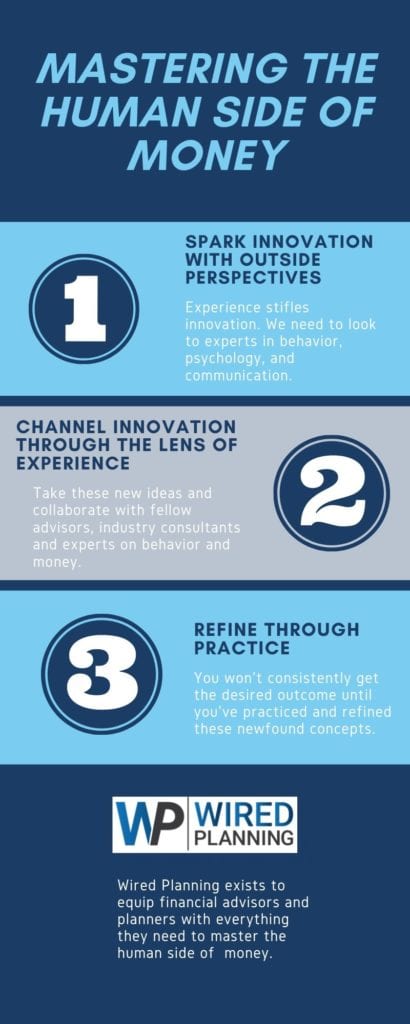
The Wired Planning Vision
Right now, the value of advice is best described as sitting at the intersection of technical knowledge and the human side of money. Two separate routes forced together momentarily before diverging again in their own respective directions.
The vision for the future of advice is where these routes merge together as one road paving the way to better outcomes for millions of people around the world.
Using the blueprint from Gareth Southgate, here’s a look at the vision for Wired Planning and how we hope to guide advisors and planners around the world on their journey to master the human side of money, thus enhancing client outcomes and forever changing the trajectory of their business:
1) Spark Innovative Concepts with Outside Perspective: Podcast, Articles and Email
The ideas, research, experts, and information on how to master the human side of money exists in domains outside of financial services. Fortunately, we love to research and want to synthesize, distill, and deconstruct the best of what these other domains have to offer. That’s going to be delivered through articles on the website and through interviews on the podcast. All with the singular focus of giving you practical tips and insights to bridge the gap between education and implementation.
2) Channel Outside Perspective Through the Lens of Experience: Online Community and Annual Conference
In addition to collaborating with the brightest minds mentioned above doing some amazing work in advancing behavioral finance, we also want to foster more intimate collaboration between advisors and planners themselves.
They are both still in the development stage, but we’ll be hosting an annual conference specifically dedicated to mastering the human side of money and launching an online community for those who recognize the value of collaborating with other like-minded advisors and planners. Iron sharpens iron.
3) Refine Through Practice: Coaching and Online Courses
Again, the value of refining through testing and practice simply can’t be understated. We want to work closely with you as you bridge the gap between education and implementation.
Thus, we’ll be offering coaching sessions with an emphasis on taking the ideas and effectively implementing them into your practice. And there will be online courses provided that still focus on implementation and practice but offer a more self-guided approach.
Whenever you’re ready, there are 3 ways I can help you master the human side of advice:
- HSOA Masterclass: An 8-week group program on building trust & connection, aligning money and life, and delivering frictionless advice.
- The Ultimate Discovery Meeting: A proven framework to seamlessly convert prospects into life-long clients in one meeting.
- HSOA Community (COMING SOON!): An online space to meet, collaborate, discuss, brainstorm, learn and grow with other advisors passionate about the human side of advice
If you’re interested, let me know here.

